CREA Mont-Blanc installed around 40 high altitude cameras which are automatically triggered by movement. In the experimental phase, these new tools for monitoring alpine fauna have generated 150,000 photos per year. Quite promising, to say the least! Lire l’article en français ici !
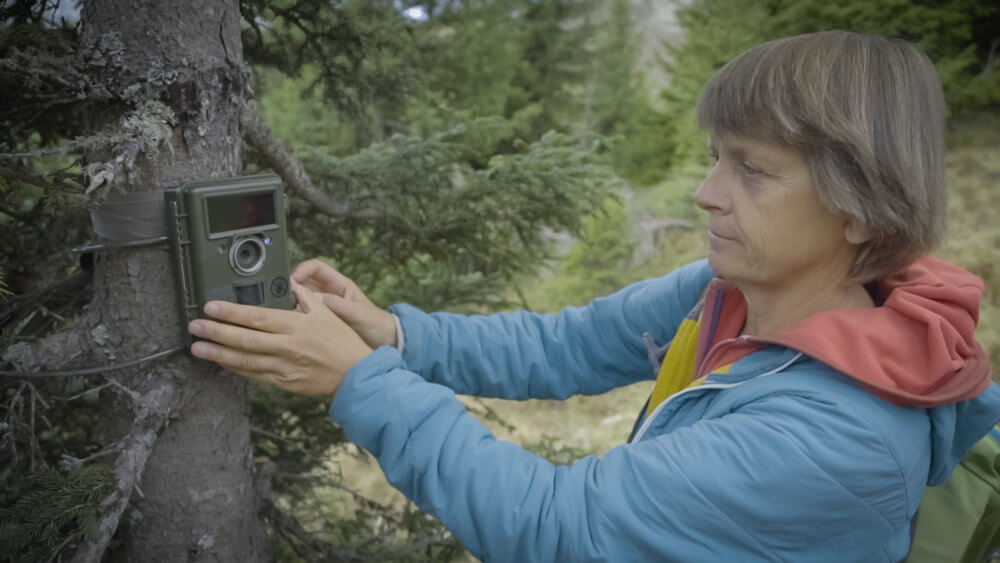
Imagine observing wildlife and the natural environment day and night, 365 days per year, simultaneously at 6 different altitudes between 1,200 and 2,700 meters. Such a feat, unthinkable with only the human resources of CREA Mont-Blanc, has been made possible with a network of camera traps that was put in place in 2018. In total, 36 camera traps were installed on the permanent monitoring plots of the Orchamp program, which are arranged in increments of 200 meters of altitude.
The devices have two functions: they are triggered automatically when they detect infrared movement and they take a photo of their surroundings at the same time every day. This allows them to acquire information on the wildlife that frequents their site and data on the seasonal environmental occurrences, such as snow cover duration, the snowmelt date, and vegetation growth.
An initial study of large herbivores
To develop this new monitoring method, we focused in particular on 3 species of large herbivores: red deer, roe deer, and chamois. “The idea is to count the animals that pass through sites that are always the same and to draw comparisons from year to year, season to season, and even within the same day. We will thus be able to measure the changes in animal populations over time and understand the way in which they frequent different mountain environments, and the way in which the different species move according to the conditions they encounter and the availability of food resources,” describes Anne Delestrade, director of CREA Mont-Blanc. The array covers three habitats, corresponding to three different altitude levels: coniferous forest, heath colonized by shrub species (rhododendron, blueberry, juniper), and alpine meadows. “The heath is expanding rapidly in the Mont-Blanc massif due to the combined effects of declining grazing and climate change, contributing to meadow degradation,” continues Anne. With the analysis of the photos, we hope to understand the impact of these changes on the movements of animal species and their competition in different habitats. The results of these studies will provide, among other benefits, indicators of the impact of the heath expansion and therefore courses of action for the conservation of alpine fauna.
20 Species Observed in 3 years
The possibilities offered by this new monitoring technique go beyond the three species concerned by this first study. The camera traps are designed to detect medium to large sized animals, primarily mammals, and have “captured” more than 20 species in the first 3 years of operation. Certain emblematic mountain birds such as black grouse and rock ptarmigan have been photographed in numbers too small to perform statistical analysis. However, we can still draw some conclusions from them. The marmot is also one of the species observed: these pictures contain a lot of information, for example the date when animals stopped hibernating, which offer opportunities for subsequent analysis.
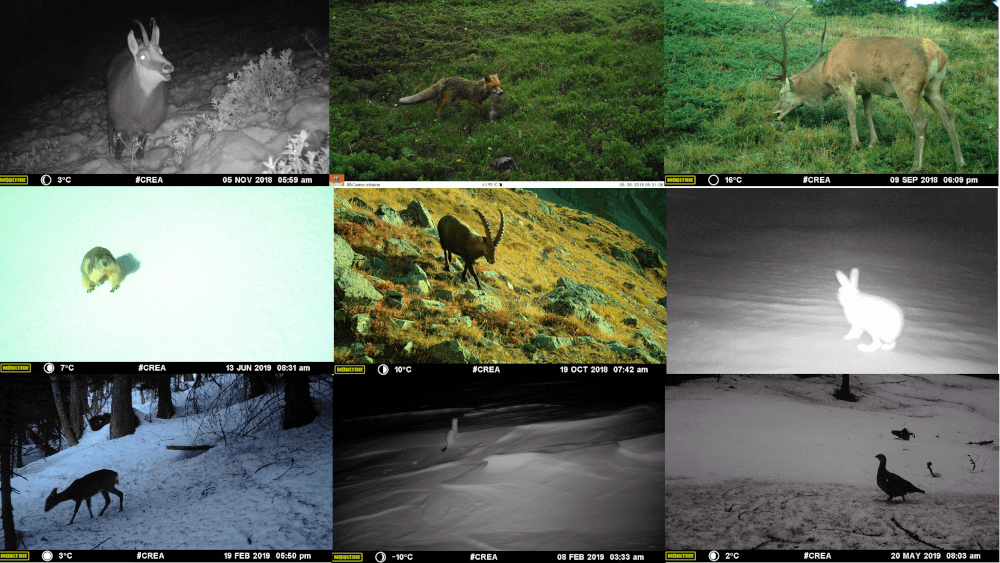
Logistics
Camera traps significantly facilitate observation by automating the acquisition of large amounts of data (150,000 photos per year) and by reducing the time spent in the field. Their use requires, however, that operators visit the sites twice a year to collect the images and to perform necessary maintenance (changing the batteries, for instance). Once data collection has been carried out, we have to interpret it. This represents a colossal amount of work in the form of data analysis, for which we are finalizing the development of a process combining machine-learning and human analysis, which will allow these tools to be used effectively in the long term.
Translated from French into English by Warren Galloway and Anna Saviano.

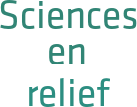

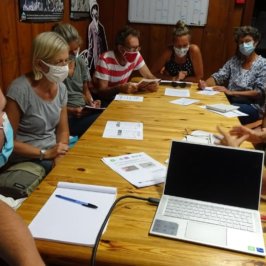
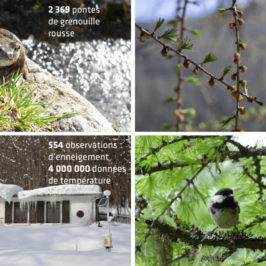
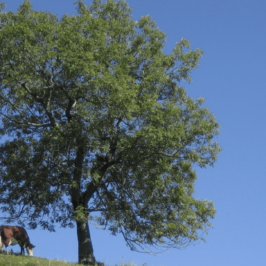
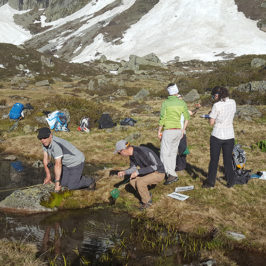
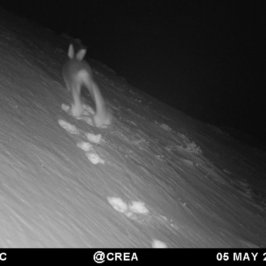
Leave a Reply